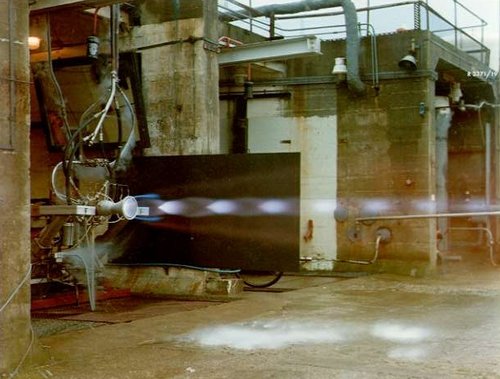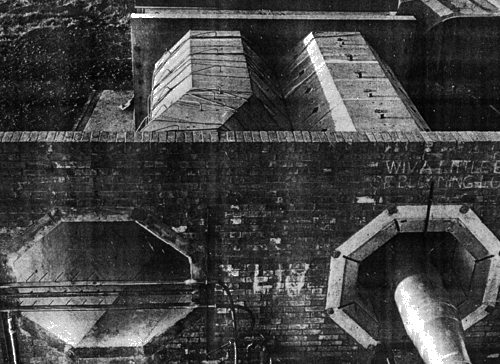Siberia
ACCESS: Confidential
- Joined
- 24 August 2012
- Messages
- 87
- Reaction score
- 65
This is somewhat related to unbuilt space projects so hopefully this is the best forum for the thread. Reading up on the early British rocketry programme I can remember reading on a number of occasions proposed expansions of then existing systems or mooted new ones being considered unfeasible due to the diameters size limit that were being imposed, this being caused thanks to the static test beds at the High Down site which could only accommodate stages that were 4 feet 6 inches/54 inches or less in diameter. Does anyone happen to know why this size was chosen when the facilities at High Down were being planned and constructed? I was mainly wondering if it was a conscious decision that they obviously wouldn't be needing anything larger than that, whether it was cost related, just a figure they decided on without specific reasoning which came back to bite them on the arse or something else entirely. Thanks for any help.


